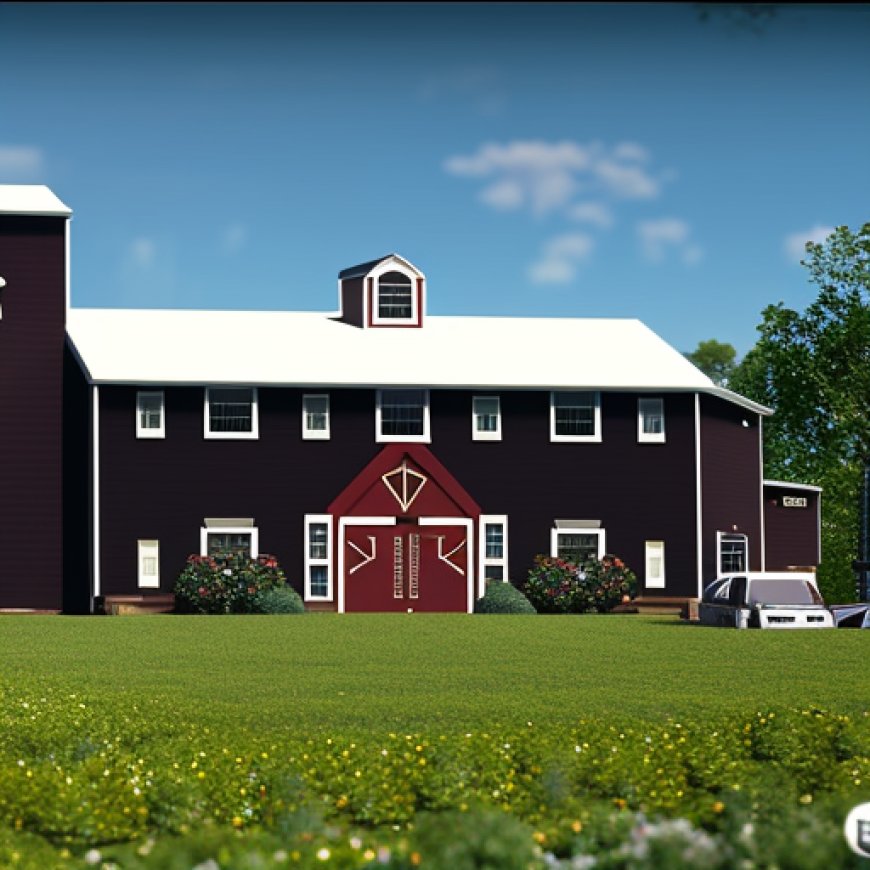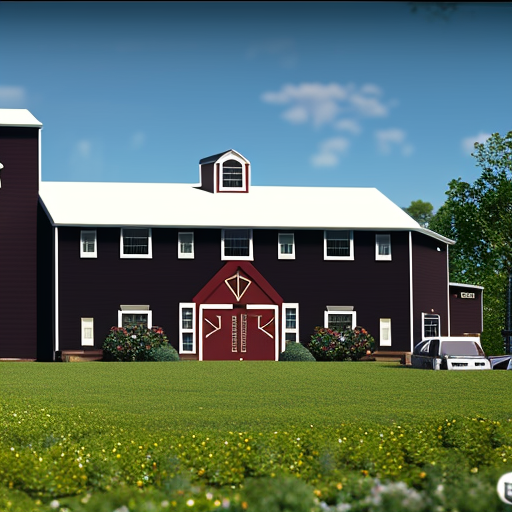Rockland Farm Alliance Needs Ongoing Community Support To Solidify Its Long-Term Mission – Rockland County Business Journal
Rockland Farm Alliance Needs Ongoing Community Support To ... Rockland County Business Journal


Sue Ferreri Is Working To Bring “Agricultural District” Status To 25-Acre Farm To Prop Up Its Viability
By Tina Traster
Over the long Thanksgiving weekend, I had the privilege to spend time in the heart of Pennsylvania’s Amish Country – a tapestry of gorgeous idyllic farms dotted with clapboard and stone farmhouses, cows, horses, goats, sheep, chickens, and of course the jet-black horse buggies that complete a nineteenth-century tableaux of rural America.
Introduction
Agriculture has been a way of life for the Amish for centuries and the preservation of both the land and their lifestyle speaks to both steadfast ritual and determination. Farming is tough backbreaking work, subject to the whims of Mother Nature, yet it is the backbone of their existence.
Outsiders admire the enormity of this feat; tourism in the region is so robust because this nod to our agricultural past rouses a feeling of nostalgia, a glimpse of an America most only see in folk art paintings or in country stores selling kitsch. It gets us thinking about the communities we live in – and what remains. In Rockland County, the answer is very little, in terms of farmed land. Which is why it is so important to do more than think about what it takes to preserve it.
The Rockland Farm Alliance
The case in point here is the nonprofit Rockland Farm Alliance, founded in 2007 on the former Cropsey Farm in New City. The 25-acre farm, once operated by the Cropsey family, is jointly owned by Rockland County (61 percent) and the Town of Clarkstown (39 percent). The nonprofit Alliance leases 25 acres but farms roughly five acres.
Rockland Farm Alliance, run by a board, but helmed by Executive Director Sue Ferrari for nearly three years, is a sacred oasis in a county that is increasingly losing open space to development pressure, including housing subdivisions and warehouses. One of just a handful of farms left in a once-rural county, the acreage is not only a plot for growing a cornucopia of veggies including cucumbers, pumpkins, lettuce, eggplants, radishes and more – it is a stage for education and community events. It’s a transport to the past, a hopeful experiment for the future.
The Challenges Faced
And while this swath of Rockland has been preserved and protected, the responsibility for its continued prosperity must fall on the shoulders of many, according to the Alliance.
“The pressure we’re feeling is that there’s such a demand for our educational programs, for farming, for our veggies,” said Ferreri. “To scale and grow, we need funding. Funding to help support payroll, more educators, farming equipment. There are so many challenges running a farm.”
Funding and Revenue Streams
The farm relies on multiple revenue streams including:
- A farm store
- $60,000 from Rockland County annually (which has increased 10 percent each year)
- State grants
- Community Block Grants
- Corporate and individual donations
- Payments from two school districts, Clarkstown and North Rockland
- Fall festival and winter holiday market
- Annual fundraising dinner
But it’s barely enough.
“If our tractor broke down, it’d cost us $80,000,” said Ferreri. “That’d put us in a bind.”
The Alliance’s projected operating budget is $800,000 for 2024, which has risen from $615,000 in 2023.
The Importance of “Agricultural District” Designation
Now, Ferreri is hoping to reassemble a board that dissolved in 2019 that aimed to get the Farm Alliance designated as an “Agricultural District” in Rockland County.
An “Ag District” is a geographic area consisting predominantly of viable agricultural land. Agricultural operations within the district are the priority land use and afforded benefits and protections to promote the continuation of farming and the preservation of agricultural land. In practice, districts may include land that is actively farmed, idle, forested, as well as residential and commercial.
“We are hoping to bring the “Ag” board back together,” said Ferreri, “There has been interest from the town, county, and all local farmers. We hope to schedule our first meeting in December or January.”
Conclusion
If there’s one thing that’s obvious about farming – be it in Rockland or among the picture-perfect Amish farms in Pennsylvania – it’s oxygen is support, cooperation, and a will to survive. The stewardship of agricultural lands is a shared mission.

Join us, as fellow seekers of change, on a transformative journey at https://sdgtalks.ai/welcome, where you can become a member and actively contribute to shaping a brighter future.







